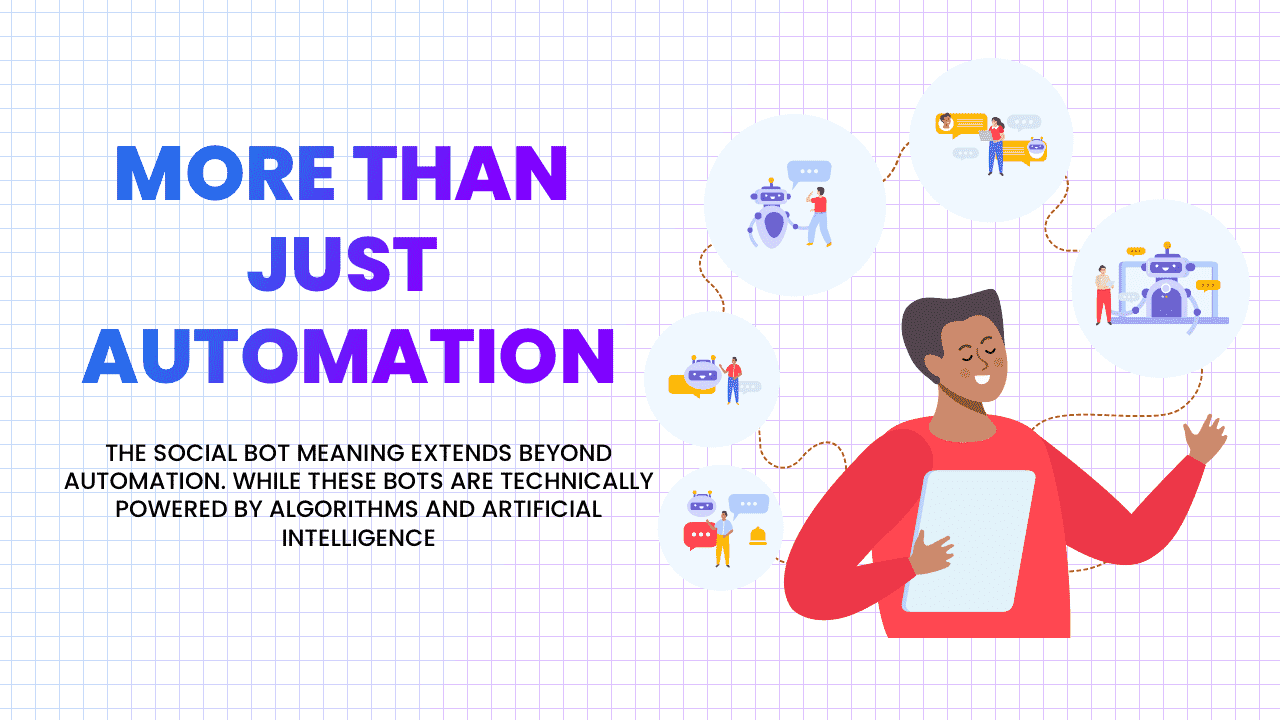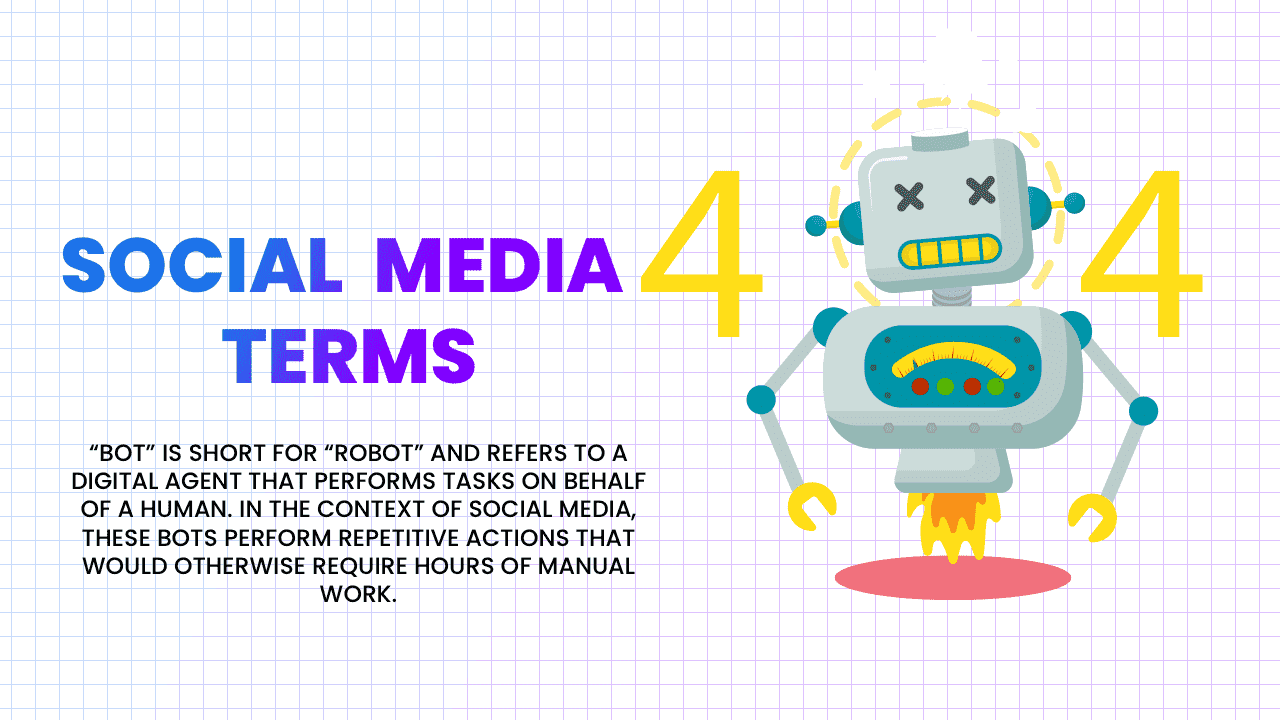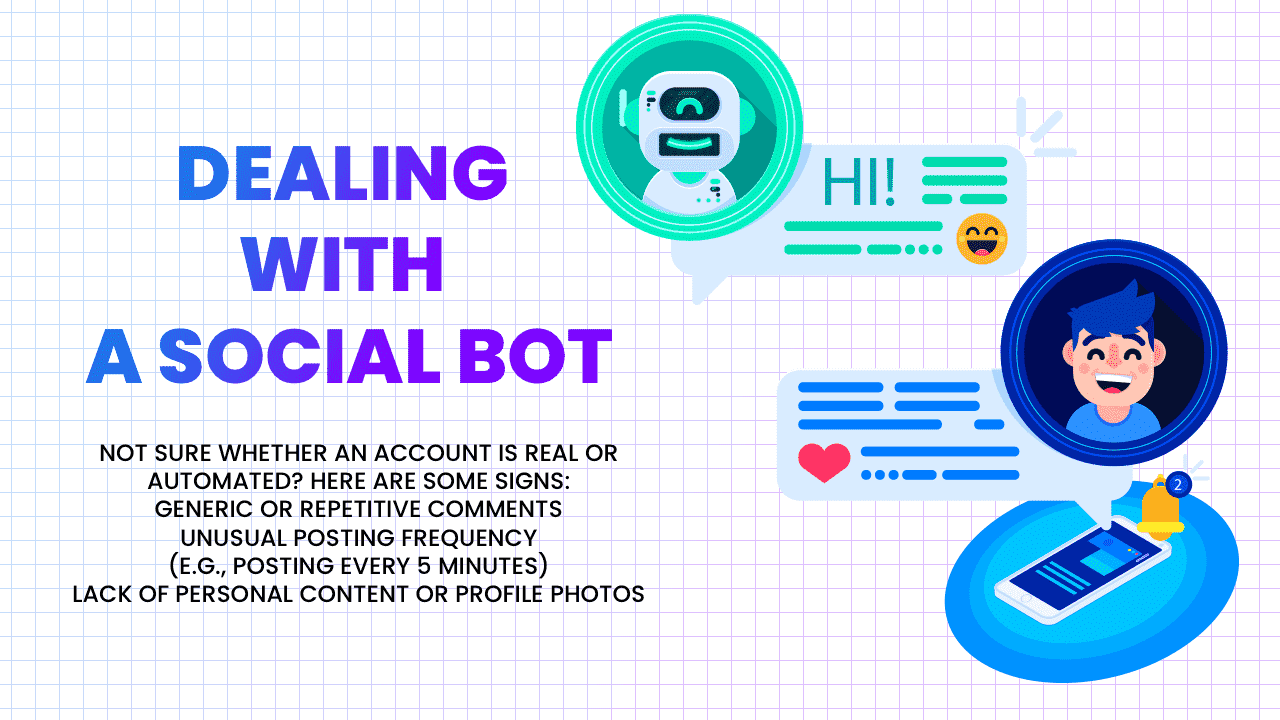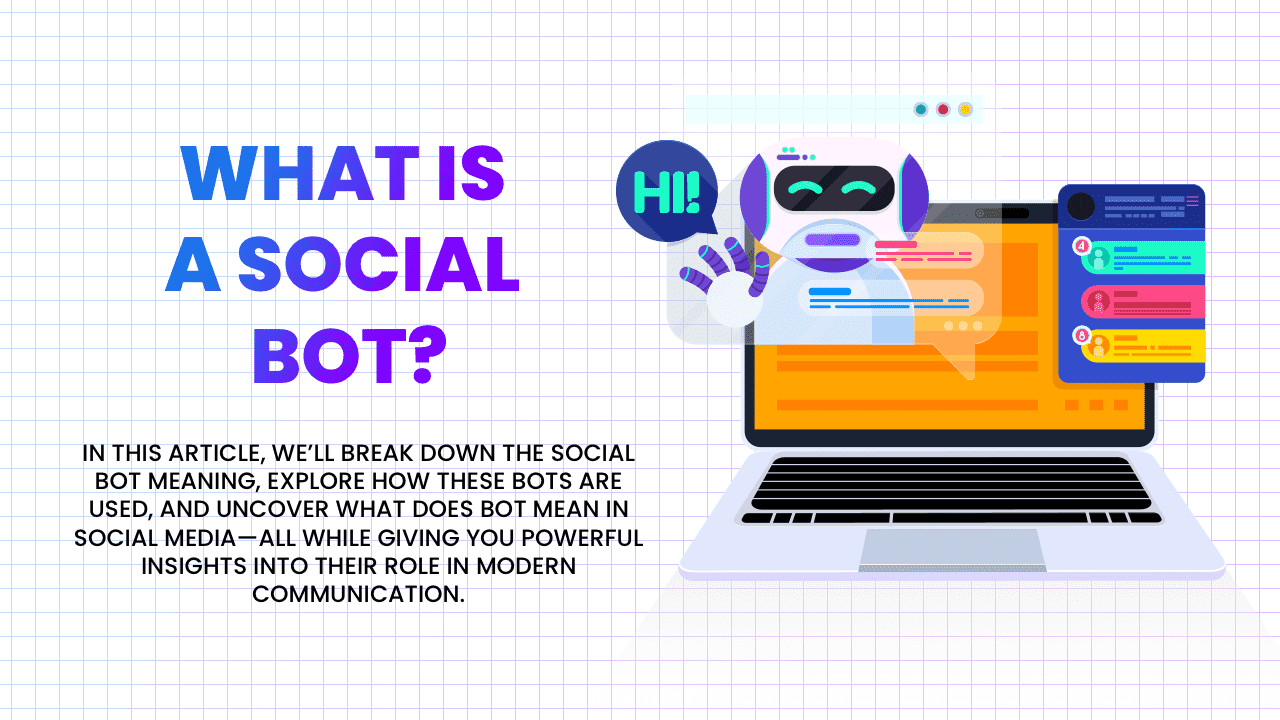What Is a Social Bot? Understanding the Role of Social Bots in Today’s Digital World
In the ever-evolving landscape of digital marketing and online engagement, one term continues to generate curiosity and conversation: social bot. You may have come across this phrase while scrolling through Twitter, Instagram, or even LinkedIn. But what is a social bot, really? And how does it impact your online experience?
In this article, we’ll break down the social bot meaning, explore how these bots are used, and uncover what does bot mean in social media—all while giving you powerful insights into their role in modern communication.

What Is a Social Bot?
A social media bot—often simply called a social bot—is an automated software program designed to interact on social platforms like a real user. These bots can like, comment, share, follow, message, or even publish content. Depending on how they are programmed, they can either help enhance user experience or manipulate it.
In simple terms, if you’ve ever received a generic “Nice post!” comment from a profile with no real content, you’ve likely encountered a social bot.
Social Bot Meaning: More Than Just Automation
The social bot meaning extends beyond automation. While these bots are technically powered by algorithms and artificial intelligence, they are designed to mimic human behavior—sometimes so well that you might not even know you’re interacting with one.
From a marketing perspective, social bots can be powerful tools. Brands use them to:
- Schedule and post content regularly
- Respond to FAQs in direct messages
- Analyze user behavior and trends
- Grow audiences by auto-following targeted users
However, not all bots are created equal. Some are deployed for malicious purposes, such as spreading fake news, inflating follower counts, or manipulating public opinion.

What Does Bot Mean in Social Media?
So, what does bot mean in social media terms? Simply put, a “bot” is short for “robot” and refers to a digital agent that performs tasks on behalf of a human. In the context of social media, these bots perform repetitive actions that would otherwise require hours of manual work.
Types of social media bots include:
Engagement bots (like and comment automatically)
Follower bots (follow/unfollow users to gain attention)
Chatbots (respond to customer queries in real-time)
Content bots (generate and post content)
The Pros and Cons of Social Bot
Like any digital tool, social media bots come with both advantages and drawbacks.
Advantages:
- 24/7 Availability: Bots never sleep. They can keep your brand active even during off-hours.
- Efficiency: Automate time-consuming tasks like replying to DMs or posting updates.
- Scalability: Manage multiple accounts or campaigns simultaneously.
- Data Collection: Gather insights into audience behavior and trending topics.
Disadvantages:
Lack of Personal Touch: Bots can’t fully replace human interaction.
Risk of Spam: Overuse can lead to account suspension or shadowbanning.
Ethical Concerns: Some bots are used for deceptive practices like spreading misinformation.

How to Tell If You’re Dealing with a Social Bot
Not sure whether an account is real or automated? Here are some signs:
Generic or repetitive comments
Unusual posting frequency (e.g., posting every 5 minutes)
Lack of personal content or profile photos
Follower/following ratio seems unnatural
Final Thoughts: Should You Use a Social Media Bot?
If used responsibly, social media bots can be a game-changer for businesses and content creators looking to boost engagement and streamline their workflow. However, it’s crucial to stay transparent, ethical, and aligned with platform policies.
Whether you’re asking what is a social media bot or diving deep into the social bot meaning, understanding how bots work is essential in the modern marketing era with Trendo.






